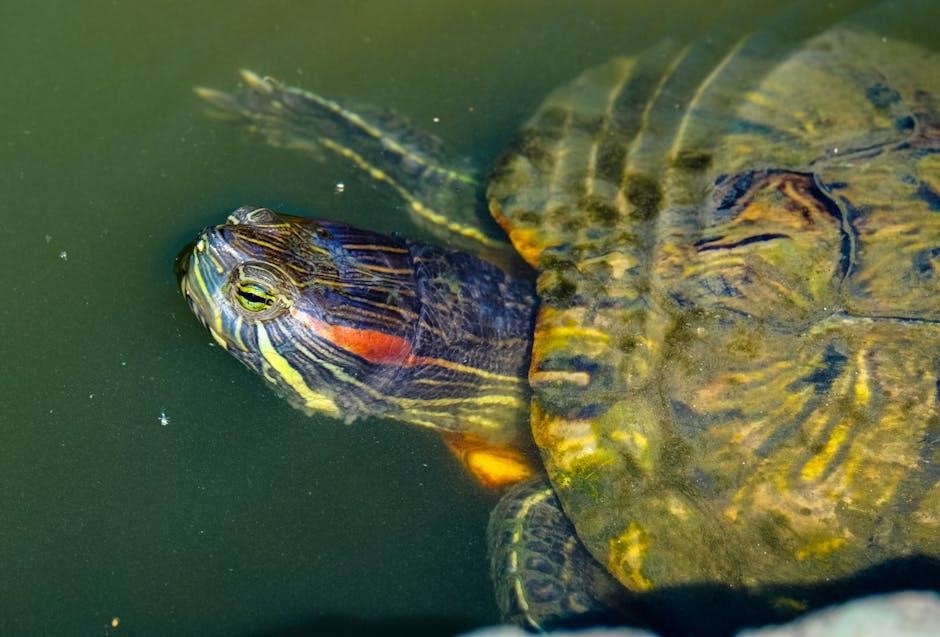Conservation biology is a science-based discipline focusing on conserving Earth’s biodiversity. It addresses the maintenance, loss, and restoration of biological diversity. The field emphasizes the importance of protecting endangered species and habitats.
Defining Conservation Biology
Defining conservation biology involves understanding its science-based nature. It’s a multidisciplinary field drawing from established disciplines to address biodiversity loss. Conservation biology aims for long-term preservation of biological communities, considering economic factors. It emphasizes maintaining natural diversity within living systems. The field also focuses on protecting endangered plant species through research and reintroduction efforts. Conservation biology seeks to integrate conservation with human activities for a sustainable future.
The Importance of Biodiversity
Biodiversity’s importance is central to conservation biology, highlighting the need for protection. It encompasses the natural diversity found in living systems, demanding conservation efforts. Understanding different types of biodiversity is crucial for effective conservation methods. These methods aim to protect our planet’s diverse ecosystems. Conservation biology emphasizes maintaining normal evolutionary processes within biological communities. It seeks to prevent avian extinctions and global insect declines. This focus underscores biodiversity’s role in ecosystem health and stability.
Historical Foundations of Conservation Biology
Conservation biology emerged in the mid-1980s, drawing from established disciplines. Traditional ecological knowledge is a vital historical foundation. It emphasizes biodiversity conservation, providing essential insights for modern conservation practices and strategies.
Traditional Ecological Knowledge
Traditional Ecological Knowledge (TEK) plays a crucial role in biodiversity conservation. Box 1.1 highlights TEK’s importance. TEK involves local communities’ understanding of their environment. It provides insights into sustainable resource management. Integrating TEK helps conservation biologists understand complex ecosystems. It supports community-based conservation efforts. Respecting TEK ensures culturally appropriate and effective strategies. This helps maintain natural diversity effectively and sustainably.
Emergence as a Scientific Discipline
Conservation biology emerged as a distinct scientific discipline in the mid-1980s. It drew upon established disciplines like ecology and genetics. This interdisciplinary approach addressed biodiversity loss concerns. The field integrates scientific principles with conservation practices. Textbooks and volumes further solidified its scientific foundation. Conservation biology addresses the need for informed conservation strategies. It helps protect species and ecosystems, drawing on a wide range of scientific knowledge and applications.
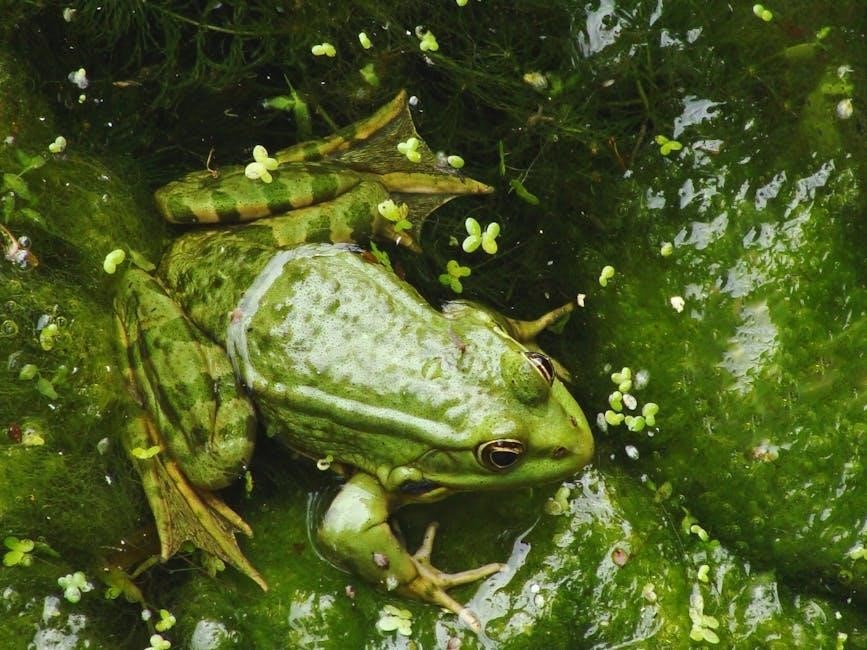
Core Principles of Conservation Biology
Conservation biology emphasizes maintaining biological diversity within ecosystems. Long-term preservation of entire biological communities is a primary consideration. Economic factors are often secondary to ensuring normal evolutionary processes within these communities.
Maintaining Biological Diversity
Maintaining biological diversity is central to conservation biology, focusing on protecting the variety of life at all levels, from genes to ecosystems. This involves understanding the importance of biodiversity in ensuring ecosystem health, resilience, and the provision of essential services. Conservation efforts aim to prevent species extinction and habitat loss, recognizing the intrinsic value of all living organisms. Furthermore, it safeguards evolutionary potential.
Long-Term Preservation of Ecosystems
Long-term preservation of ecosystems is a primary goal of conservation biology, emphasizing the maintenance of ecological integrity. This involves protecting natural processes, species interactions, and habitat connectivity to ensure the continued functioning of ecosystems. Conservation strategies focus on managing human activities to minimize their impact on ecosystems, promoting sustainable resource use. It also involves safeguarding ecological services, like clean water and pollination, for future generations.
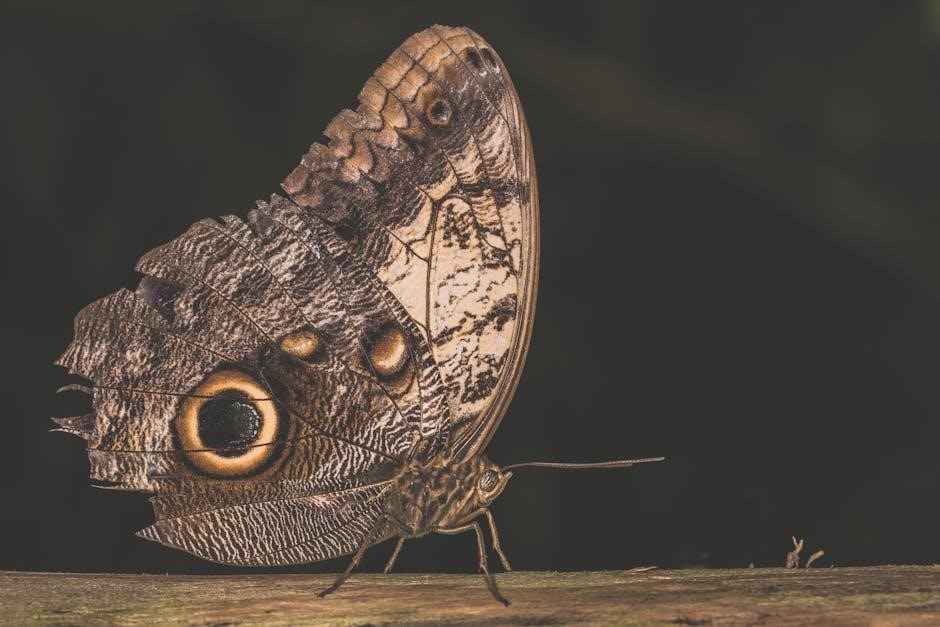
Key Areas of Study in Conservation Biology
Conservation biology encompasses population and community ecology, focusing on species interactions and dynamics. Ecological restoration addresses degraded ecosystems, aiming to recover their ecological functions. Conservation genetics studies genetic diversity’s role in species survival.
Population and Community Ecology
Population and community ecology are key areas in conservation biology, addressing species interactions within ecosystems. This field examines population dynamics, distribution, and factors influencing community structure. Studies in fragmented forests and agricultural settings help understand species interactions. Research focuses on maintaining biodiversity by analyzing ecological relationships, providing insights for effective conservation strategies and preserving ecosystems. Understanding population dynamics is crucial for conservation efforts.
Ecological Restoration
Ecological restoration is a critical area of study within conservation biology, focusing on repairing degraded ecosystems. Research in this field includes mine spoil restoration, vascular flora studies, and wall flora analysis. The goal is to restore ecosystem functions and biodiversity. Restoration projects aim to reinstate natural processes and habitats, enhancing the resilience of ecological communities. It requires understanding ecological interactions and implementing effective strategies to promote ecosystem recovery, ensuring long-term preservation.
Conservation Strategies and Methods
Conservation strategies involve protecting endangered species and managing habitats. These methods include research, reproduction, growth, and reintroduction of species. Effective strategies promote biodiversity and ensure the long-term survival of ecosystems.
Protecting Endangered Species
Protecting endangered species is a critical aspect of conservation biology, involving multifaceted approaches. Conservation efforts include researching reproduction and growth patterns, coupled with implementing effective conservation methods. Reintroducing species to suitable habitats is a vital step in bolstering their populations. Wildlife management programs play a crucial role by safeguarding endangered species and carefully managing animal populations to ensure long-term survival and ecological balance in their respective environments.
Habitat Conservation and Management
Habitat conservation and management are crucial for preserving biodiversity and ensuring the long-term survival of species. Effective strategies encompass maintaining natural diversity within living systems, addressing environmental movements’ exclusion of humans from nature. Conservation biology emphasizes the long-term preservation of biological communities, considering economic factors. Management plans often require integrating conservation efforts with economic activities. This approach promotes sustainability by balancing human needs with the ecological integrity of habitats.
The Role of Genetics in Conservation
Genetics plays a key role in conservation by informing strategies for species preservation. Conservation genetics helps maintain genetic diversity, crucial for adaptation. It also aids in understanding population structure and managing endangered species.
Conservation Genetics
Conservation genetics is crucial in maintaining biological diversity within species. It involves studying genetic variation to understand population structure and gene flow. This knowledge informs strategies for managing endangered species, preventing inbreeding depression, and enhancing adaptability to environmental changes. Genetic research aids in identifying distinct populations, prioritizing conservation efforts, and guiding reintroduction programs. Understanding genetic diversity is essential for long-term species survival and ecosystem health.
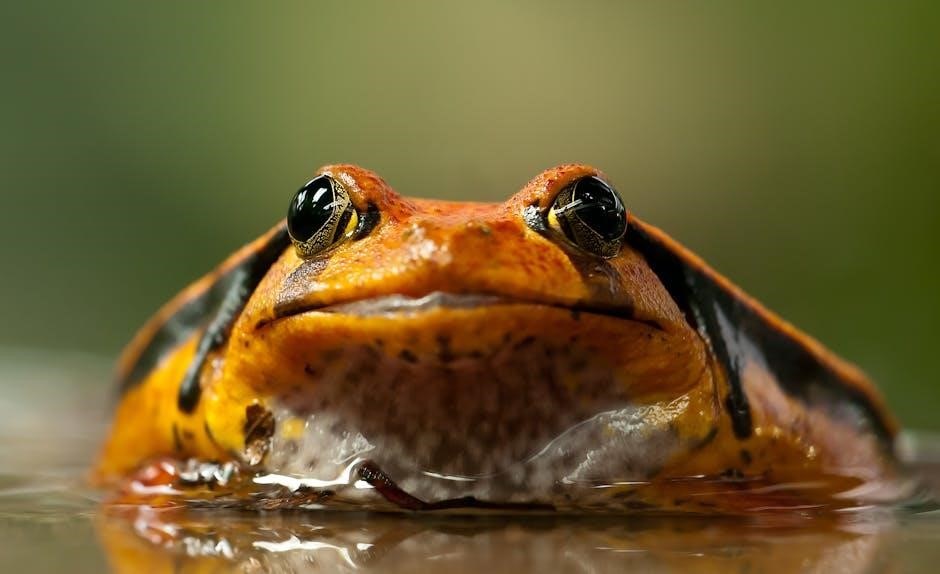
Conservation Biology and Human Activities
Conservation biology recognizes the interconnectedness of human activities and biodiversity. It seeks to integrate conservation with economic factors, addressing human impacts on ecosystems. Finding sustainable solutions requires considering both ecological and socio-economic perspectives.
Integrating Conservation with Economic Factors
Successfully integrating conservation with economic factors involves balancing environmental protection with human needs and economic development. This requires finding ways to make conservation economically viable, demonstrating the value of biodiversity and ecosystem services. Incorporating traditional ecological knowledge can provide cost-effective and sustainable solutions. Conservation biology often considers economic factors as secondary to long-term preservation, but acknowledging their importance is crucial for effective implementation. Collaboration between conservationists, economists, and policymakers is essential.
The Global Community of Conservation Professionals
The global community of conservation professionals is dedicated to advancing the science and practice of conserving Earth’s biological diversity. They collaborate to protect endangered species, habitats, and ecosystems worldwide.
The Society for Conservation Biology
The Society for Conservation Biology (SCB) is a global community of conservation professionals dedicated to advancing the science and practice of conserving Earth’s biological diversity. SCB provides a platform for researchers, practitioners, and students to collaborate, share knowledge, and promote effective conservation strategies. The society’s mission encompasses both scientific research and practical applications, aiming to address pressing conservation challenges and ensure the long-term preservation of biodiversity.
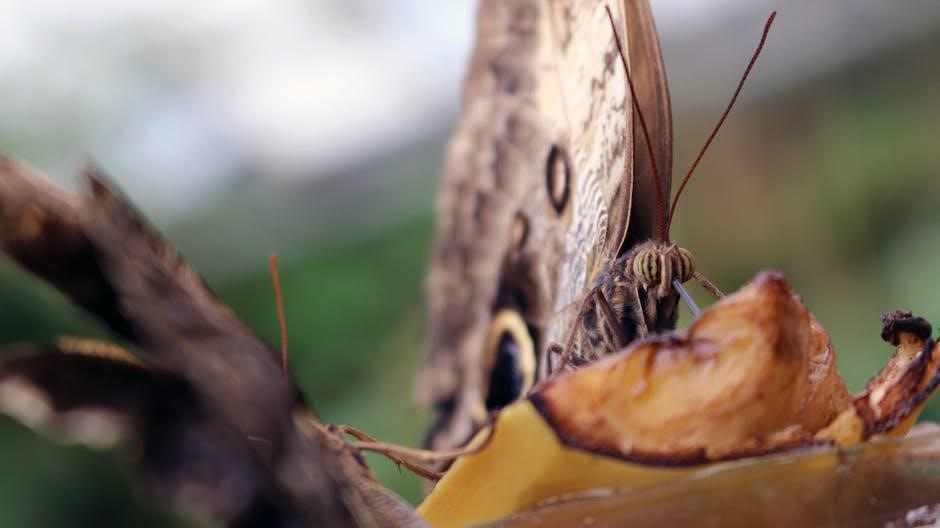
Education and Training in Conservation Biology
Conservation Biology programs provide training in biological and ecological disciplines. They emphasize natural history, ecological interactions, and field biology, crucial for future conservation professionals and help the students with homework.
Relevant Disciplines
Conservation biology draws upon various established disciplines, including biology, ecology, and genetics. A strong foundation in natural history and whole organism biology is essential. Understanding ecological interactions, particularly in fragmented forests and agricultural settings, is also crucial. Synthesizing conservation literature and applying it to real-world problems requires interdisciplinary knowledge and research skills. Population and community ecology, both marine and freshwater, play significant roles in effective conservation strategies.
Field Biology Skills
Conservation biology programs emphasize practical field biology skills. Students develop expertise in planning, decision-making, and management within natural resource contexts. Field research projects, often conducted in diverse locations like Belize, provide hands-on experience. These projects focus on understanding ecological interactions and applying that knowledge to conservation efforts. Observation and data collection are essential, allowing students to contribute to the understanding of natural systems and aid in conservation strategies.
Current Research Interests
Current research includes avian extinctions, global insect declines, and synthesizing conservation literature. Studies focus on birds in tidal marshes and agricultural settings. Researchers also investigate species interactions in fragmented forests.
Avian Extinctions
Avian extinction research focuses on understanding the causes and measurement of past and projected avian extinctions. These studies often investigate the impact of habitat loss, climate change, and other environmental factors on bird populations. Conservation efforts are crucial for mitigating these threats and preserving avian biodiversity, especially in vulnerable ecosystems like tidal marshes and fragmented forests. Understanding these factors is essential for effective conservation strategies.
Global Insect Declines
Global insect declines represent a critical area of research in conservation biology. Studies aim to understand the causes and consequences of these declines, which include habitat loss, pesticide use, and climate change. Research also explores ways to synthesize conservation literature for better strategies. Insect declines threaten ecosystem functions like pollination and decomposition, impacting agriculture and natural ecosystems. Understanding these declines is crucial for developing effective conservation measures.
Resources for Learning Conservation Biology
Numerous resources aid in learning conservation biology. These include textbooks, study guides, and online materials. Lecture notes and summaries shared by students provide valuable insights. These tools support understanding of key concepts in the field.
Textbooks and Study Guides
Comprehensive textbooks offer detailed explanations of conservation biology principles. Study guides, like CliffsNotes, aid in exam preparation and homework. These resources cover key topics such as biodiversity, ecological interactions, and conservation methods. Many textbooks now have substantial genetic and evolutionary components. They provide a foundation for understanding conservation challenges and potential solutions, helping students grasp the field’s breadth and depth for effective learning.
Lecture Notes and Online Materials
Numerous lecture notes and online materials are available for conservation biology. Platforms like Academia.edu and Docsity offer student-shared lecture notes and summaries. These resources often cover key topics such as the goals of wildlife management, protecting endangered species, and managing animal populations. Online materials can provide overviews of conservation science, offering basic knowledge to a global audience. Finding reliable sources is crucial for supplementing textbook learning and exam preparation.
